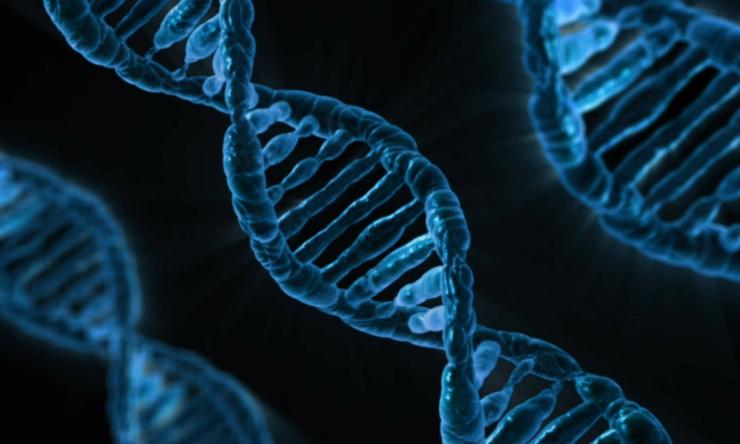Metastable mystery! Scientists answer a 20-year-old question in epigenetics
Among genetically identical ‘agouti viable yellow’ (Avy) mice, some are brown and lean while others are yellow and obese. These differences are due to epigenetics, a system of molecular tags – such as methyl groups – that are added to DNA during development to determine gene expression in different cell types. A 2003 study showed that simply supplementing the diet of female mice with ‘methyl donor’ nutrients before and during pregnancy caused more of their Avy offspring to turn out lean and brown.
The Avy gene is known as a ‘metastable epiallele,’ because its level of DNA methylation is established randomly during early embryonic development. The 2003 study raised the idea that metastable epialleles might be common in mice, offering a potential explanation for many examples of unexplained variation among inbred mice (such as differences in weight gain on a high-fat diet). Despite a few small studies, however, the number of metastable epialleles in mice remained unknown for more than 20 years.
Until now.
A new study by a team of researchers led by corresponding author Dr. Robert A. Waterland, professor of pediatrics-nutrition and member of the USDA/ARS Children’s Nutrition Research Center and the Dan L Duncan Comprehensive Cancer Center at Baylor College of Medicine now shows that metastable epialleles in mice are extremely rare. The study is published in Nucleic Acids Research.
The study focused on a definitive characteristic of metastable epialleles: systemic interindividual variation in DNA methylation – that is, methylation that is consistent across different tissues of an individual but varies among individuals. “We performed a comprehensive, unbiased scan of epigenetic variation across the entire mouse genome, analyzing DNA methylation patterns in three different tissues – liver, kidney and brain – from each of ten genetically identical mice,” said co-first author Dr. Chathura J. Gunasekara, a bioinformatics expert in the Waterland lab. “Out of millions of potential sites, we found only 29 metastable epialleles.”
“Another surprising finding was that maternal diet – specifically, supplementation with pro-methylation nutrients like folate and vitamin B12 – had no effect on the methylation of the newly-discovered metastable epialleles,” said co-first author Uditha Maduranga, who contributed to the project as a bioinformatics analyst in the Waterland lab. “This differs from classic studies of mouse metastable epialleles such as Avy, which showed that maternal methyl donor supplementation increases their methylation.”
“The discovery of the dietary supplementation effect in Avy mice 20 years ago motivated us to search for metastable epialleles in humans,” said Waterland. Those efforts led to the discovery of thousands of human genomic regions called CoRSIVs, for correlated regions of systemic interindividual epigenetic variation. Most of these are influenced by genetic variation, so they are not metastable epialleles.
“Ironically,” continued Waterland, “establishment of DNA methylation at human CoRSIVs is very sensitive to the environment of the early embryo, just like at the Avy metastable epiallele. In addition, CoRSIVs are strongly implicated in human disease.” The 10,000 human CoRSIVs – versus only 29 metastable epialleles in inbred mice – indicate that most systemic interindividual epigenetic variation is associated with genetic variation. “Rather than the inbred mice used in biomedical research for decades,” Waterland continues, “our results indicate that outbred mice are likely a better model to understand how nutrition during development affects interindividual epigenetic variation in humans.”
Taylor Zhang, Jonathan N. Wells, Maria S. Baker, Eleonora Laritsky, Yumei Li, Cristian Coarfa and Yi Zhu also contributed to this work. The authors are affiliated with Baylor College of Medicine, Cornell University or University of California – Irvine.
Funding for this project was provided by NIH/NIDDK (1R01DK125562), USDA/ARS (CRIS 3092-5-001-059), NIH R35-GM122550, NIH R01-DK136619, R01-DK136532 and USDA/ARS (CRIS 58-3092-5-008).










